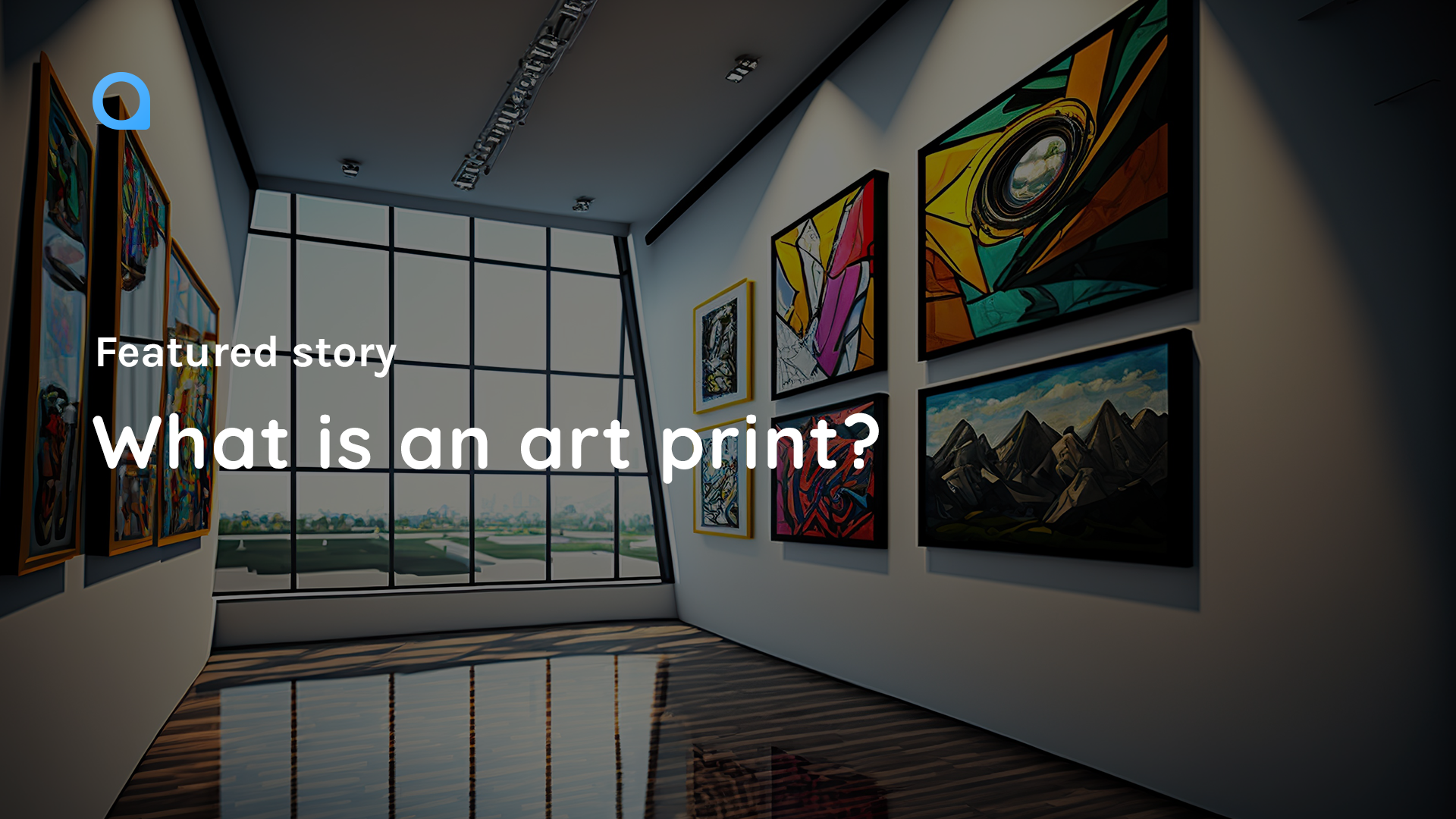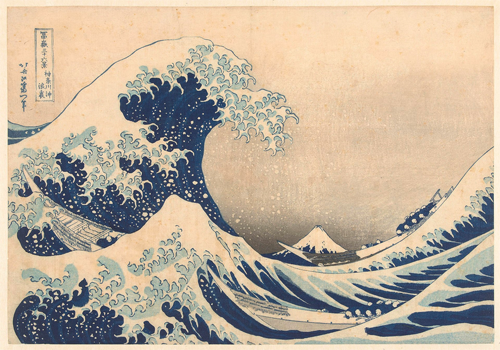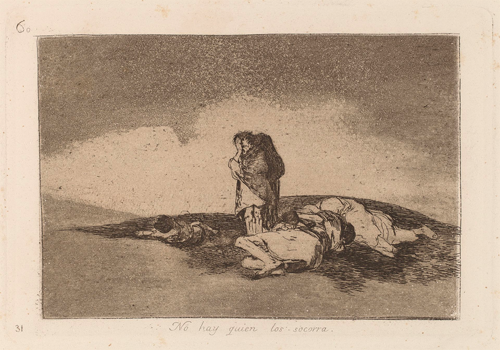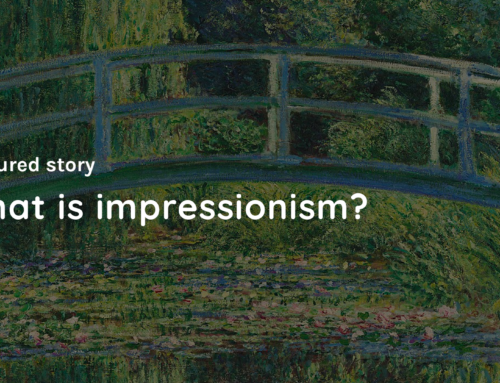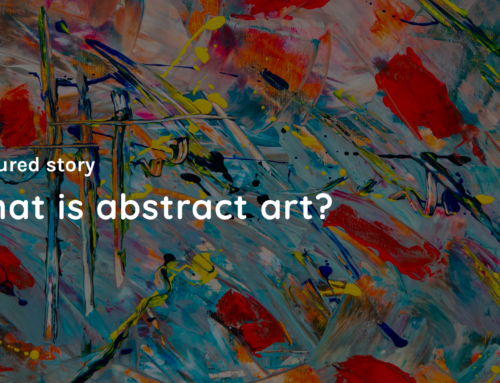Introduction
Art prints refer to reproductions of an artist’s original work, which are then printed on paper or other materials using a printing press or other techniques. Art prints allow people to own and enjoy a copy of an artwork that may not be accessible or affordable in its original form.
This blog aims to provide a comprehensive overview of art prints, including their definition, history, and various types. We will also discuss the different techniques used to create art prints and their value and significance in the art world.
Definition of an Art Print
A print is an image created on a plate or block, then transferred onto paper or other materials using a printing press. The image is typically created by carving or etching into the plate or block, which leaves an inked impression on the paper when pressed together.
Art prints have been around for centuries, with some of the earliest known prints dating back to the 7th century in China. In Europe, printmaking became popular in the 15th century, with artists like Albrecht Dürer creating detailed and intricate prints. Over the years, printmaking has evolved and expanded to include various techniques and styles, including lithography, etching, and screen printing.
Techniques of Printing
Art prints are created through various printmaking techniques, each with its own unique characteristics and advantages. Here are some of the most common techniques used in art printmaking:
Printing from Wood: Xylography and Linocut
Xylography, or woodcut, is a printing technique that involves carving a design into a wood block. The raised areas of the block are then inked and pressed onto paper to create a print. This technique dates back to the 14th century and was used extensively in early book printing.
Linocut is a similar technique that uses linoleum instead of wood. Linocut is a more modern alternative to xylography, as linoleum is easier to cut and more affordable than traditional wood blocks.
Metal Printing: Burin, Drypoint, Eau-forte, Aquatint, Black Way, Soft Varnish, Sugar
Metal printing encompasses a variety of techniques, each with its own unique characteristics. Here are some of the most common techniques used in metal printing:
- Burin: A technique that uses a chisel-like tool to carve a design into a copper plate.
- Drypoint: A technique that involves scratching a design directly onto a metal plate.
- Eau-forte: A technique that uses acid to etch a design onto a metal plate.
- Aquatint: A technique that creates a lavis-like effect by using acid to bite the metal plate between grains of powder.
- Black Way: A technique that involves scratching a brass plate covered in a grenage to create a gradation of tones.
- Soft Varnish: A variant of etching that involves applying a soft varnish to a plate and drawing on a sheet of paper, which is then transferred onto the plate.
- Sugar: A varnish lift-off etching process that involves applying a mixture of sugar and ink or gouache directly onto a metal plate.
Printing from Stone: Lithography
Lithography is a printing technique that involves drawing a design onto a flat stone using greasy ink. The stone is then dampened and inked, and the design is transferred onto the paper through a press. Lithography was invented in Bavaria in the late 18th century and quickly became popular due to its ability to produce high-quality prints with fine details.
Silk Screen Printing (Screen Printing)
Silk screen printing, also known as screen printing, involves using a mesh screen to transfer ink onto paper. The design is created by blocking out certain screen areas, and the ink is forced through the unblocked areas to create the desired image. Screen printing is a versatile technique that can be used on various materials, including paper, fabric, and metal.
Carborundum
Carborundum is a printmaking technique that involves creating a matrix from materials like plexi or cardboard and applying glue, sand, or putty to the surface. The surface is then inked and passed through a press to create a print with various textures and embossing effects.
Aquagravure
Aquagravure is a printmaking technique that involves simultaneously creating a low-relief design on a wax plate or other material while also creating the print. The artist carves the motif into the plate, and then the plate is inked and pressed onto the paper.
Stencil
Stencil printing is a technique that involves cutting out a design in thin metal or cardboard and applying gouache or ink with a brush.
Types of Paper
Printmaking paper plays a crucial role in the final appearance of the artwork. Different types of paper are available in the market, and each one has its own unique qualities. Choosing the right paper for a particular print can enhance the overall aesthetic and help bring out the artwork’s intended look and feel.
Explanation of different paper qualities
Various types of paper are available in the market, ranging from low-cost machine-made paper to high-quality handmade paper. Each paper has its unique texture, weight, and thickness, which impacts the way ink is absorbed and the final print’s quality. Some of the popular papers used in printmaking are:
- Vellum paper: Vellum paper is a heavy-duty paper ideal for etching, engraving, and other forms of intaglio printing. It is highly absorbent and can produce rich and detailed prints.
- Rives BFK paper: Rives BFK paper is a heavyweight, acid-free paper ideal for lithography, intaglio, and relief printing. It has a smooth surface can produce prints with sharp details and deep colors.
- Japanese paper: Japanese paper is a thin, lightweight paper ideal for woodblock printing. It has a soft, delicate texture can produce prints with a unique aesthetic.
Papers adapted to various printmaking techniques
Different printmaking techniques require different types of papers. For example, lithography is usually printed on smooth and durable paper, such as Vélin d’Arches or BKF Rives. On the other hand, woodblock printing requires softer and more absorbent paper, such as Japanese paper.
Watermarks on papers
Watermarks are translucent designs or patterns embossed into paper during production. They are visible when the paper is held up to a light and can be used to identify its manufacturer, quality, and production date. Some paper manufacturers like Arches and Rives use watermarks to identify their products. Watermarks can add value to a print and are often sought by collectors.
Original vs. Interpretive Prints
Explanation of Original Prints
An original print refers to a print designed and executed by a single artist on the matrix (stone, copper, steel, zinc, wood, or silk). It covers all possible graphic expression techniques, such as lithographs, engravings, and serigraphs. Unlike interpretive prints, the artist engraves or draws his own creation on the matrix.
Explanation of Interpretive Prints
An interpretive print is an artwork created by an artist, such as a painting or drawing, that a lithographer or engraver interprets and transposes onto a matrix (support). This process is often done under the artist’s direction, who sometimes signs the print. Interpretive prints differ from original prints as they are made by a third party.
The Value of Interpretive Prints
The fact that the artist did not engrave or draw the print himself from his own work on the matrix is not necessarily linked to the value of the print. Sometimes, interpretive prints can have significant value, especially if made by a skilled engraver or lithographer who can faithfully capture the original artwork’s essence. Interpretive prints can also be important historically, as they provide insight into the artist’s process and collaboration with the printer.
Print Run/Edition
Explanation of Print Run and Edition
In printmaking, a print is a synonym for a proof or copy. A complete print of a work is called an edition. “Limited edition” means that the printing of the print is carefully controlled quantitatively, and each proof is numbered.
Limited Edition Prints
Limited edition prints are carefully controlled and numbered, ensuring that the printing of the print run is consistent and reproducible. The number of prints in a limited edition is determined by the artist, and the total number of prints in the edition is usually indicated on each print.
Artist’s Proofs
It is customary to print artist’s proofs in addition to the normal print run of the edition. These are intended for the artist and publisher as archives; their number generally does not exceed 10% of the total print run. Artists’ proofs may be numbered, in which case they are numbered in Roman numerals. They can be considered a special edition, often slightly different from the regular edition, due to minor printing changes.
Signature
When it comes to art prints, the artist’s signature is an essential element that adds value and authenticity to work.
Explanation of the artist’s signature
The artist’s signature is usually placed in pencil at the end of the print run. It serves as a way for the artist to control the print run and ensure that each print meets its standards. It is also a way for collectors and buyers to verify the work’s authenticity.
Control of print run
By signing each print, the artist controls the print run, ensuring the total number of prints produced is the number they intended. Any unsatisfactory prints can be eliminated before the artist adds their signature. This control over the print run is an essential aspect of limited edition prints, which are carefully controlled quantitatively.
Printed signature
Some prints may also bear a printed signature, an artist’s signature that is part of the print’s composition. This type of signature does not exclude an original signature, typically added in pencil at the end of the print run.
Conclusion
In conclusion, art prints are a beautiful and versatile form of artistic expression that has been around for centuries. Understanding the different types of prints, printing techniques, paper qualities, and signatures is essential in appreciating and collecting art prints. It is important to note that art prints have significant value, and owning a piece of this art form can bring joy and meaning to anyone’s life. I encourage everyone to explore and discover the world of art prints further.

